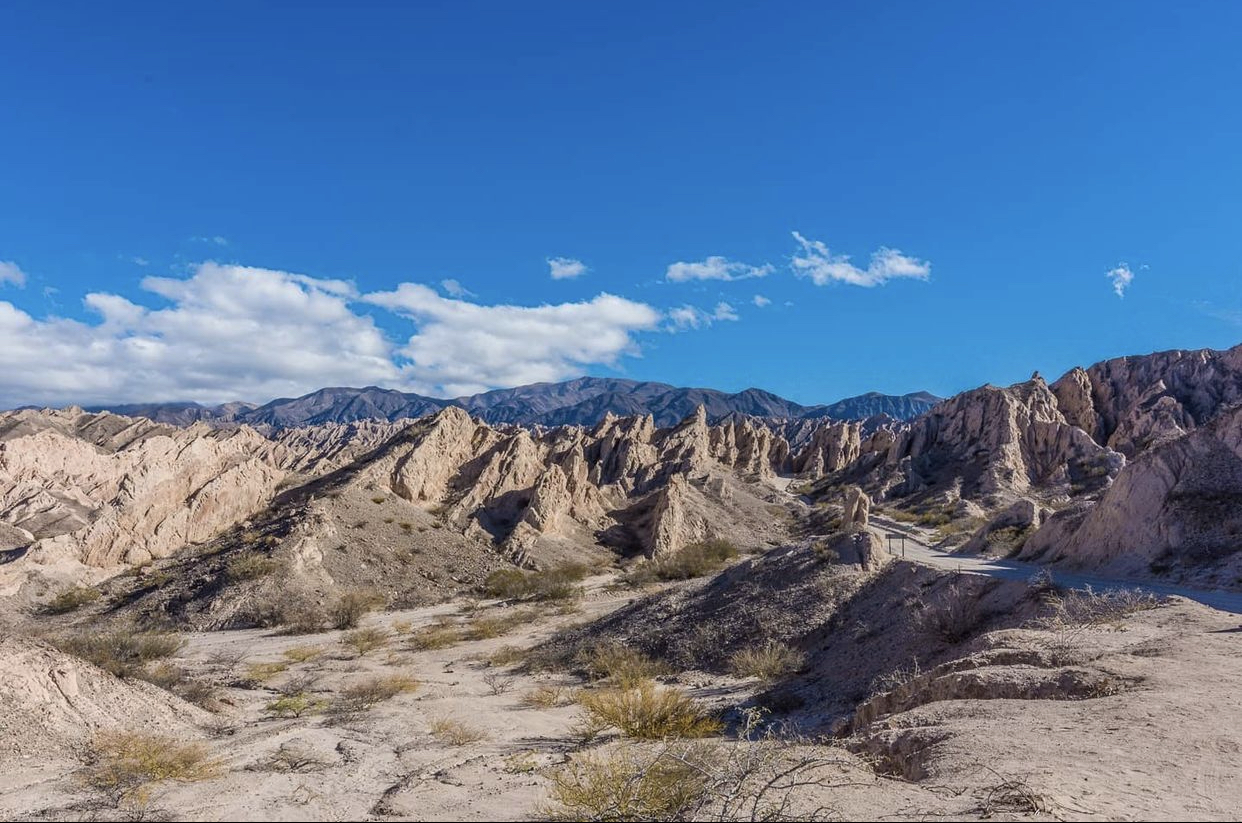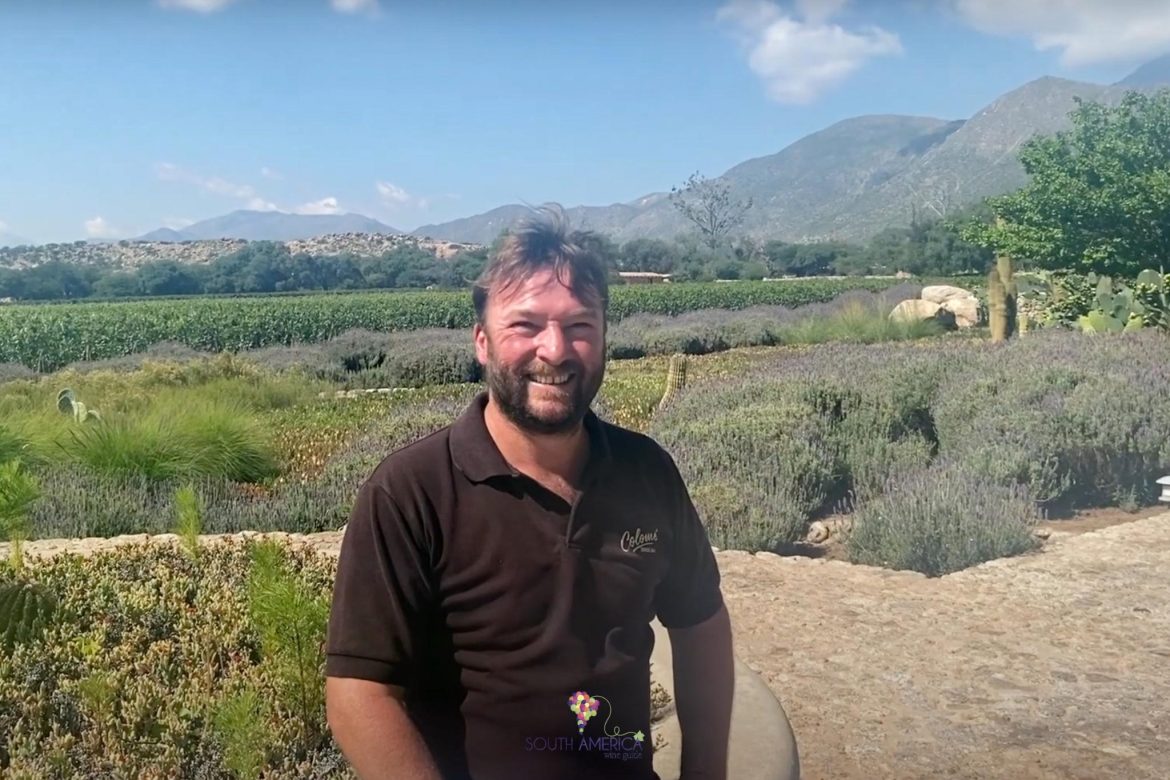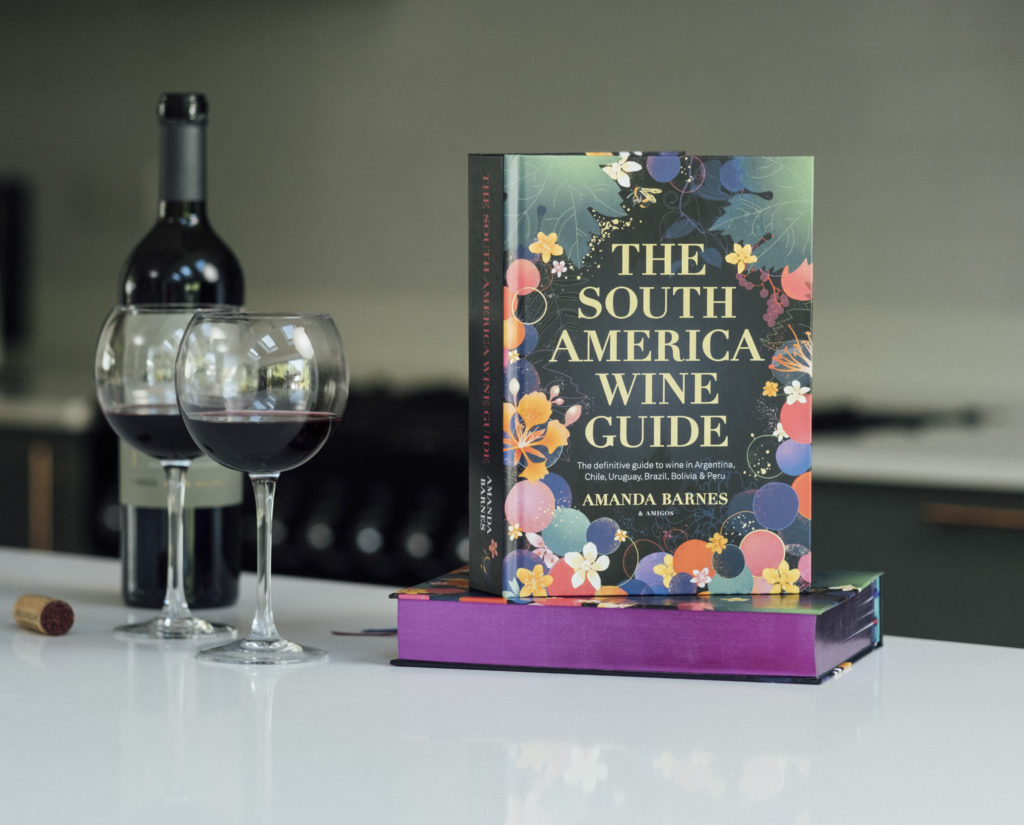Colomé is one of the oldest-running wineries in Argentina and has vineyards in the Calchaquí Valleys at altitudes ranging between 2,300 and 3,100 meters above sea level. We talked with winemaker Thibaut Delmotte about the terroir essentials for the Calchaquí Valleys and the influence of altitude and soil of the different vineyards on the wines.
Video interview on the terroir of Salta & Calchaquí valleys with winemaker Thibaut Delmotte
Read more about the Calchaquí Valleys in our wine region guide
Highlights of the video interview
So Thibaut we are in the middle of your beautiful Colomé vineyard and estate. Can you tell us a bit about where we are in the Calchaquí Valleys and the terroir essentials for Calchaquí?
This area is named the Alto Calchaquí so in terms of altitude we are at 2,300 m.a.s.l.. Here at Colomé we have different farms at different altitudes. In Colomé we are at 2,300 meters, we have one vineyard in Payogasta which is 2,600 meters and is two hours north, and one of the highest vineyards in the world at 3,100 meters. The influence of altitude is very important but also each farm has a different soil and terroir.
Here in Colomé its a very complex soil with sand, clay, and alluvial sediment which gives complex and full-bodied wines. Finca El Arenal at 2,600 meters is much more sandy (El Arenal means a sandy place actually). Sand gives a very fruity and direct wine which combined with altitude results in a complex and mineral wine with nice acidity and tannin structure.
The highest vineyard is a very different kind of soil, very stony with granite and volcanic stones which results in high acidity, tannin structure, and a lot of minerality. Having these three different terroirs helps us produce complex and elegant wines.
What else does the altitude bring in terms of temperature and sunlight?
The effect of altitude is that the highest we go, the stronger the ultraviolet radiation. The grape protects itself from the UV rays producing a thicker and darker skin. The skin will give wine its colour so the higher we go the darker the wine will be, but also the aromatic concentration and tannins.
Basically, the higher we go the greater the concentration but it is always balanced by freshness because we have very cold nights and a wide temperature range between day and night, around 20-25 degrees. These cold nights help us retain acidity and elegance so it’s a great compromise between freshness and elegance in the wine.

Talking about making wine here, we are at a very remote place, a few hours by 4×4 to get here. What are the challenges as a winemaker?
My background is from France and I had to forget a little bit about what I learned there. Here you don’t need to make extractions and look for colour. The key here is to adapt the winemaking to the place and not the other way round and try to express in the best way the terroir. To be honest, the terroir here is very honest so making wine is not so difficult. In the vineyard, there are a few things that can make it a bit more difficult such as frosts.
However, the most difficult thing is the logistics: bringing the bottles, corks, and barrels. Everything is more complicated because we are 4/5 hours drive from Salta and everything is coming from Mendoza so it’s quite a long journey by truck. The logistics are complicated but we have a great team and everybody is very inventive and helpful whenever something needs repair in the winery. There are a few challenges but at the end of the day, it is worth it.
Find out more about Colomé winery and its incredible museum, hotel and restaurant in our winery guide online!
Want to know more about
the Calchaquí Valleys and the
wine regions of Argentina?
ORDER YOUR COPY of The South America Wine Guide now!
E-book AVAILABLE ONLINE too.
Learn more about visiting the Calchaquí Valleys in our online travel guide to the region

